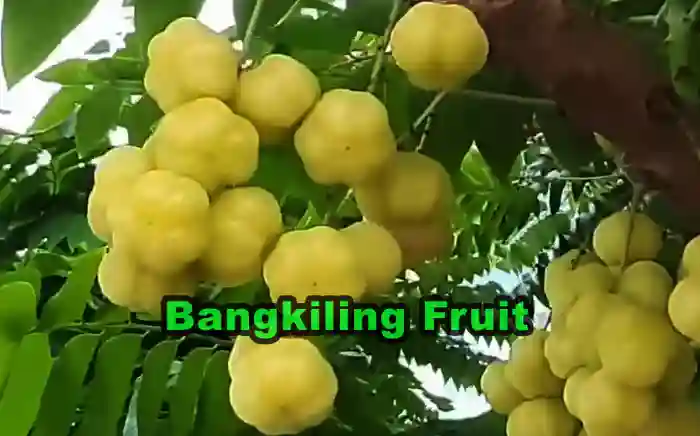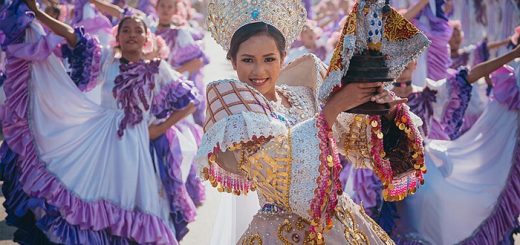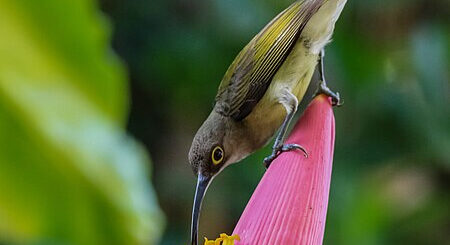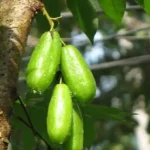Bangkiling – The Tangy Tropical Treasure You Need to Know

Tucked away in many tropical backyards across Southeast Asia and the Pacific Islands is a tree that rarely gets the spotlight but has delighted generations with its unique flavor, versatility, and health benefits—the Bangkiling, better known in some parts of the world as the Otaheite gooseberry.
What is Bangkiling?
Otaheite gooseberry (Phyllanthus acidus), locally known Bangkiling or Karamay in the Philippines is a small to medium-sized tree that bears distinctive pale-yellow, star-shaped fruits. These fruits grow in clusters directly from the trunk and branches, giving the tree a striking appearance when it’s in full fruit. Native to Madagascar but spread throughout the tropics, Bangkiling is especially common in the Philippines, where it’s valued not only for its culinary uses but also its role in traditional remedies.
The Flavor: Not for the Faint of Heart
If you’ve never tried a Bangkiling fruit before, brace yourself. Its intense sourness often catches first-timers off guard. Tart and tangy with a crisp bite, Bangkiling is rarely eaten raw without some sort of flavor balancing—commonly salt, sugar, or bagoong (fermented fish paste) in Filipino cuisine.
Culinary Uses
Despite its bold acidity, Bangkiling is incredibly versatile in the kitchen:
- Candied (Minatamis na Bangkiling): A popular local delicacy, the fruit is boiled with sugar to make a sweet-tart preserve.
- Pickled: Marinated in vinegar, garlic, and spices, it’s a common side dish or snack.
- Jams and Chutneys: In many cultures, the fruit is turned into tangy spreads perfect for toast or pairing with meats.
- Flavor enhancer: Some use Bangkiling as a natural souring agent in dishes like sinigang or other sour soups.
The Bangkiling fruit is not usually found for commercial sale in the Philippines, and is instead harvested for personal use to cook traditional Filipino sour dishes like pork sinigang or fish sinigang.
Traditional and Medicinal Uses
Beyond the kitchen, Bangkiling has a long history in herbal medicine:
- Digestive aid: Traditionally used to stimulate appetite and relieve constipation.
- Liver health: Some folk remedies involve using Bangkiling for detoxification.
- Anti-inflammatory properties: Both fruit and leaves are sometimes used in poultices for swelling and joint pain.
Always consult a medical professional before using any traditional remedy, of course, but it’s fascinating to see how this humble fruit has been part of natural healing traditions for centuries.
Growing Bangkiling
Otaheite gooseberry tree is hardy and low-maintenance. It thrives in tropical climates, prefers full sunlight, and can grow even in poor soil. Once mature, it produces fruit multiple times a year, making it a reliable addition to home gardens.
A Hidden Gem
In a world increasingly fascinated with superfoods and exotic ingredients, Bangkiling remains a local treasure that deserves more global attention. It’s a great reminder that many of the healthiest and most flavorful foods are growing right in our backyards.
Whether you grew up with a Otaheite gooseberry tree in your yard or just discovered it somewhere, this fruit is worth a second look—and a second taste (perhaps with a little sugar).
Learn more about trees in The Philippines.
References:
https://en.wikipedia.org/wiki/Phyllanthus_acidus










